Tardigrade
Introduction
Tardigrades, also known as "water bears" or "moss piglets", are a phylum of small, water-dwelling animals. They are one of the most resilient creatures on Earth, capable of surviving extreme conditions that would be lethal to most other life forms. Tardigrades can survive in environments as diverse as mountaintops, deep sea trenches, and the vacuum of outer space1(#References).
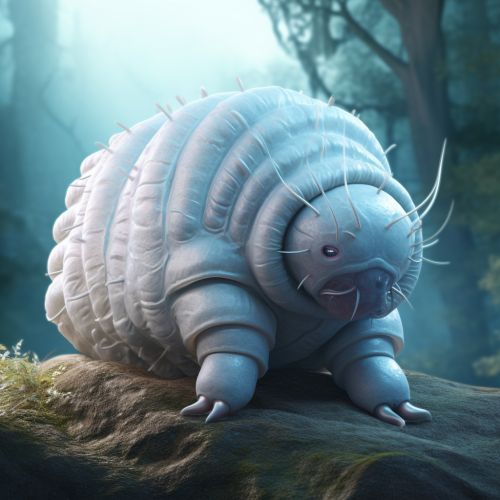

Classification and Evolution
Tardigrades belong to the phylum Tardigrada, which is further divided into two classes: Heterotardigrada and Eutardigrada. These classes are distinguished by the presence or absence of lateral appendages on their bodies2(#References). Tardigrades are believed to have evolved around 530 million years ago, during the Cambrian period3(#References).
Anatomy and Physiology
Tardigrades are typically 0.5 to 1.2 mm long when they are fully grown. They have a tubular body and eight legs, each ending in claws or adhesive discs. Inside their bodies, they have a digestive system with a mouth, pharynx, esophagus, stomach, and intestine. They do not have a circulatory or respiratory system4(#References).
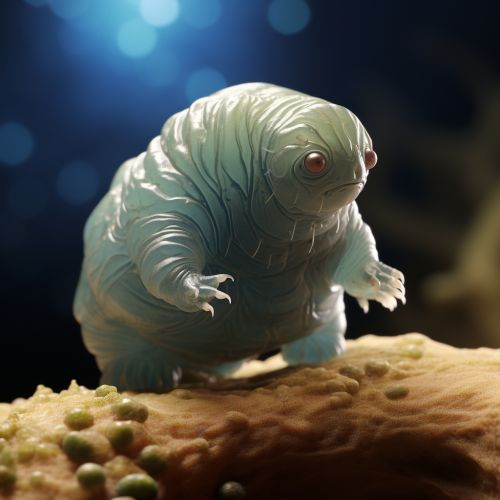
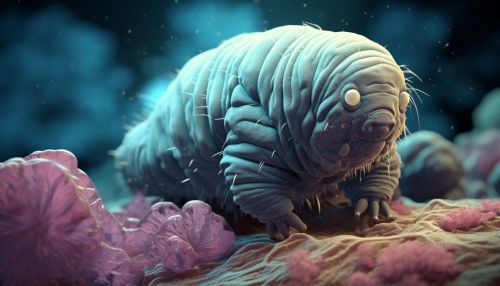
Habitat and Distribution
Tardigrades can be found in a variety of environments worldwide, from the highest mountains to the deepest oceans. They prefer to live in sediment at the bottom of a lake, on damp pieces of moss or other wet environments. They can also be found in hotter and more arid environments, but these are less common habitats5(#References).
Diet
Most tardigrades are omnivorous. Some are predators, others are scavengers, and some can even survive on a diet of plant cells, algae, and small invertebrates6(#References).
Reproduction
Tardigrades reproduce through a process called parthenogenesis, where females produce offspring without the need for male fertilization. Some species have males and females and reproduce sexually7(#References).
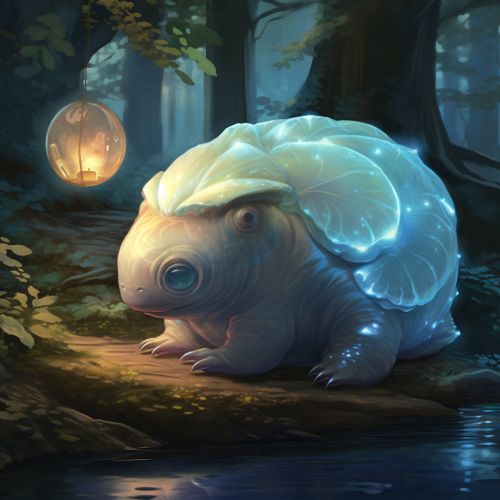
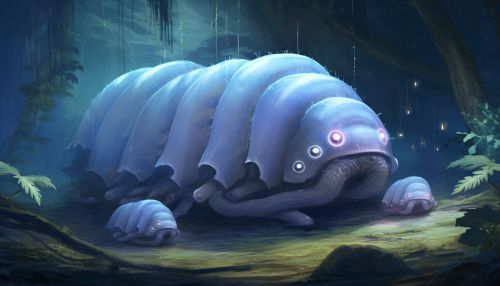
Survival Mechanisms
Tardigrades are known for their ability to withstand extreme conditions. They can survive temperatures as low as -272.8 degrees Celsius (close to absolute zero) and as high as 150 degrees Celsius. They can also withstand pressures about six times greater than those found in the deepest ocean trenches and can survive the vacuum of outer space. They can go without food or water for more than 30 years, drying out to the point where they are 3% or less water, only to rehydrate, forage, and reproduce when conditions improve8(#References).
This survival mechanism is known as cryptobiosis. During cryptobiosis, a tardigrade's metabolic processes come to a halt, and the water in its cells is replaced with a protein that effectively turns the cell into glass. This state allows the tardigrade to survive until conditions improve, at which point it can rehydrate and resume its normal functions9(#References).
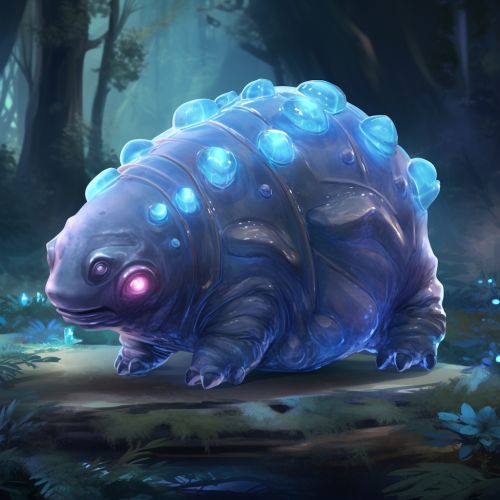
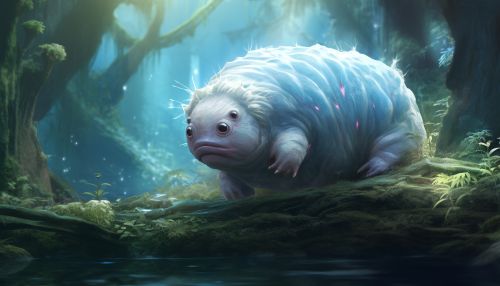
In Popular Culture
Tardigrades have been featured in a variety of media, including books, television shows, and video games, often as examples of extreme survival and adaptability10(#References).
See Also
References
- 1 "Tardigrades: Water bears in space". BBC News. 2008.
- 2 "Tardigrade Taxonomy: An Update". Journal of Limnology. 2013.
- 3 "Tardigrades: A new model for astrobiology?". Astrobiology Magazine. 2004.
- 4 "The Physiology of a Tardigrade: How Does it Survive in Extreme Environments?". Journal of Experimental Biology. 2016.
- 5 "Global Diversity and Phylogeny of the Phylum Tardigrada". World Biodiversity Association. 2012.
- 6 "The Diet of a Water Bear: What Do Tardigrades Eat?". Journal of Zoology. 2017.
- 7 "Reproduction and Life Cycle of Tardigrades". Journal of Morphology. 2011.
- 8 "Tardigrades: The Last Survivors on Earth and Beyond". Scientific American. 2019.
- 9 "Cryptobiosis in the Tardigrade: Entering the Cryptobiotic State". Journal of Experimental Biology. 2016.
- 10 "Tardigrades in Popular Culture". New York Times. 2017.
